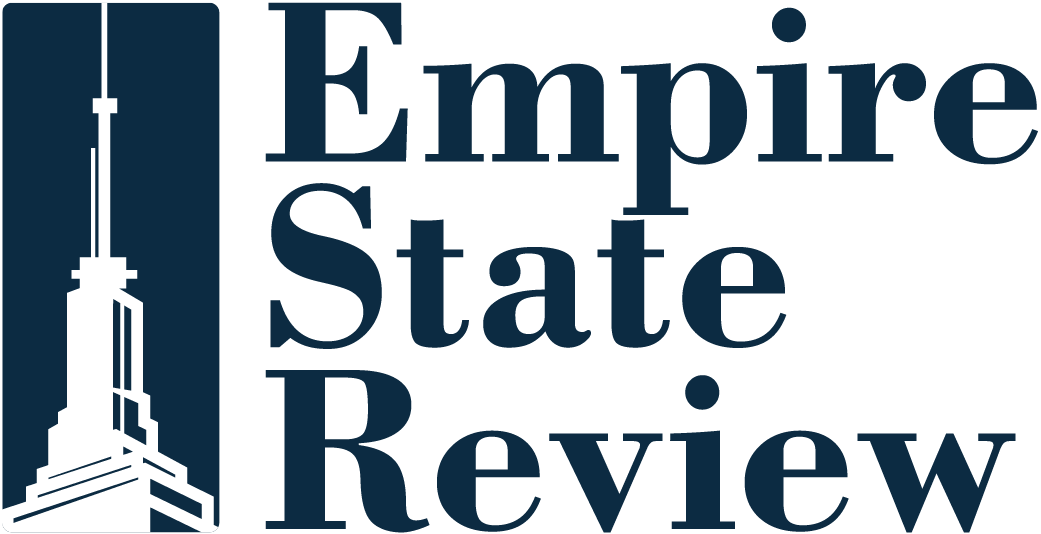The economic landscape in the United States is becoming increasingly precarious as the effects of trade disputes, inflationary pressures, and weakening labor market indicators begin to ripple through the consumer sector. While recent reductions in tariffs between the U.S. and China have offered some temporary relief for importers, American consumers are starting to feel the pinch of higher prices and economic uncertainty.
Retailers Sound Alarm on Rising Costs
Major retailers, including Walmart and Target, are preparing for sweeping price hikes in the coming months as new tariffed goods enter the supply chain. These cost increases, executives warn, will be felt most acutely on everyday items such as groceries, household supplies, and electronics.
Walmart’s Chief Financial Officer John David Rainey described the upcoming price surges as “unprecedented” in their breadth and speed. “We’re adjusting our pricing models weekly to reflect the realities of sourcing and shipping costs under the new trade landscape,” Rainey said in a May 15 press briefing.
The tariff rollback—reducing U.S. duties on Chinese goods from 145% to 30% and Chinese tariffs on U.S. exports from 125% to 10%—has provided some breathing room. But analysts say the reprieve is too short-term to shield consumers from the accumulated effects of prolonged trade tensions.
Shrinking Consumer Confidence
Economic indicators suggest that confidence among U.S. shoppers is beginning to wane. According to a recent survey by the University of Michigan, consumer sentiment fell to a six-month low in May, driven largely by concerns over inflation and job stability.
“Consumers are becoming more cautious in their spending, especially for non-essential items,” said Sarah Thompson, a senior economist at Beacon Economics. “This shift could put further strain on retail revenues and GDP growth.”
Retailers are already adjusting their inventory strategies. Many are reducing orders for discretionary products like apparel and electronics, while increasing focus on essentials and private-label goods that offer better margins amid cost volatility.
Inflation May Be Stabilizing—But Not for Long
April’s Consumer Price Index showed a modest decline in annual inflation, dropping to 2.3%—its lowest level in four years. However, Federal Reserve Chair Jerome Powell has warned that the U.S. is likely entering a phase of more erratic inflation driven by persistent supply chain disruptions and global uncertainties.
Powell’s comments hint at a potential policy pivot back toward more aggressive inflation containment, which could include additional interest rate hikes and a tougher monetary stance—both of which would further suppress consumer borrowing and spending.
“We’re going to have to remain vigilant,” Powell said at a May 14 forum. “Inflation volatility is not going away anytime soon, and we must be prepared for unexpected shocks.”
Labor Market Shows Signs of Fatigue
The softening labor market adds another layer of concern for American households. Unemployment remains relatively low at 4.1%, but job growth slowed considerably in April, and jobless claims have crept upward. Retail, transportation, and warehousing sectors are among those showing early signs of contraction.
For many Americans, wage growth is no longer keeping pace with cost-of-living increases. The result is an erosion of purchasing power that is starting to affect spending habits.
“We’re seeing more households turning to credit cards to cover basic expenses,” said Linda Keller, a financial counselor in New Jersey. “It’s a clear sign that financial stress is growing.”
A Shifting Retail Landscape
In response to these pressures, retailers are increasingly turning to automation, shrinkflation (reducing product sizes), and supply chain consolidation to preserve margins. At the same time, brick-and-mortar locations are seeing a resurgence as consumers seek bargains in person rather than risk inflated prices online.
“Consumers are doing more comparative shopping than ever,” said Mike Harmon, director of retail analytics at NielsenIQ. “They’re going back to coupons, bulk purchases, and off-brand products. Retailers who fail to meet this shift risk losing market share.”
Outlook: Consumer-Side Economics Takes Center Stage
While macroeconomic headlines have focused on trade diplomacy and Federal Reserve policy, the consumer response will likely be the true litmus test of America’s economic resilience in 2025. If spending slows significantly, it could tip the fragile balance and accelerate a downturn.
All eyes are now on summer retail sales, back-to-school shopping, and corporate earnings reports for signs of where the consumer economy is headed next.

